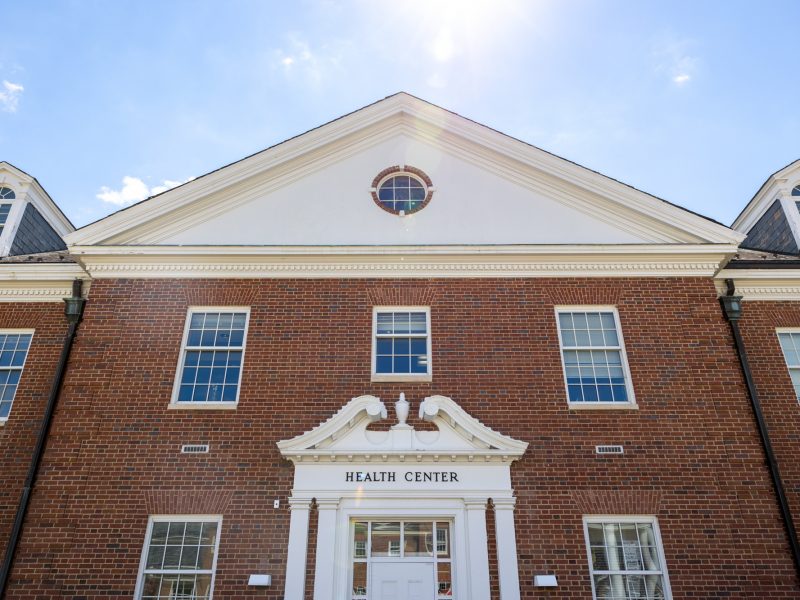Views expressed in opinion columns are the author’s own.
On April 12, two black men were arrested in a Philadelphia Starbucks on suspicion of trespassing. They were waiting to meet a friend, but were asked to leave by an employee, as they had not bought anything. An employee then proceeded to call the police, who repeatedly asked the men to leave before arresting them.
While there are many parts to this situation, the one I would like to focus on is Starbucks’ response. The company’s CEO, Kevin Johnson, immediately went to Philadelphia to speak with community members. He and his team tried to gain a clearer understanding of the situation and discussed methods for better training employees. On April 17, five days after the incident, Starbucks said it would be closing all United States locations on May 29 for anti-bias training. That training will reach around 175,000 employees.
This goes beyond the kind of response expected from a company in this situation. More often than not, a company will issue an apologetic statement, fire the employee involved, indicate their dedication to racial equality and hope the media finds something better to focus on. This was an extremely proactive move for Starbucks, and more organizations, companies, and institutions need to follow this example.
Another remarkable facet of Starbucks’ very socially responsible action is the level of involvement by the CEO. It would have been easy to push off the task to a lower-level administrator at the company, but Johnson refused to do so. He made the trip to Philadelphia himself and said he hoped to meet with the arrested men and apologize to them in person. This level of dedication from the CEO of a company was almost shocking to see.
Starbucks’ response wasn’t just for the media or for their reputation. Bias training for all employees appears to be a genuine attempt at making lasting change. It was prudent and immediate — instead of sitting on the issue for six months, the company acted as soon as possible. This is something a lot of organizations, especially universities, struggle with.
For example, to address the death of 2nd Lt. Richard Collins last year, university President Wallace Loh created a task force, and filled the then-vacant position of chief diversity officer. It was definitely a step in the right direction — but at the same time, it was essentially kicking the can down the road. Only last week did we see a concrete policy proposal come from the task force.
That’s not what Johnson did. He didn’t create a task force and ask someone else to fix the mess — he went down there himself and quickly came up with a plan to address bias as close to the root as possible.
Ultimately, Starbucks’ response to the entire situation was morally right and incredibly proactive. The company was not defensive or secretive, and it implemented a plan as soon as possible, regardless of the loss of profit that would accompany shutting all U.S. stores for a day. Starbucks can serve as an example for a good response to an incident of racial or hate bias, and institutions like the University of Maryland should be ready to learn from them.
Liyanga de Silva is a sophomore English major. She can be reached at liyanga.a.ds@gmail.com.



